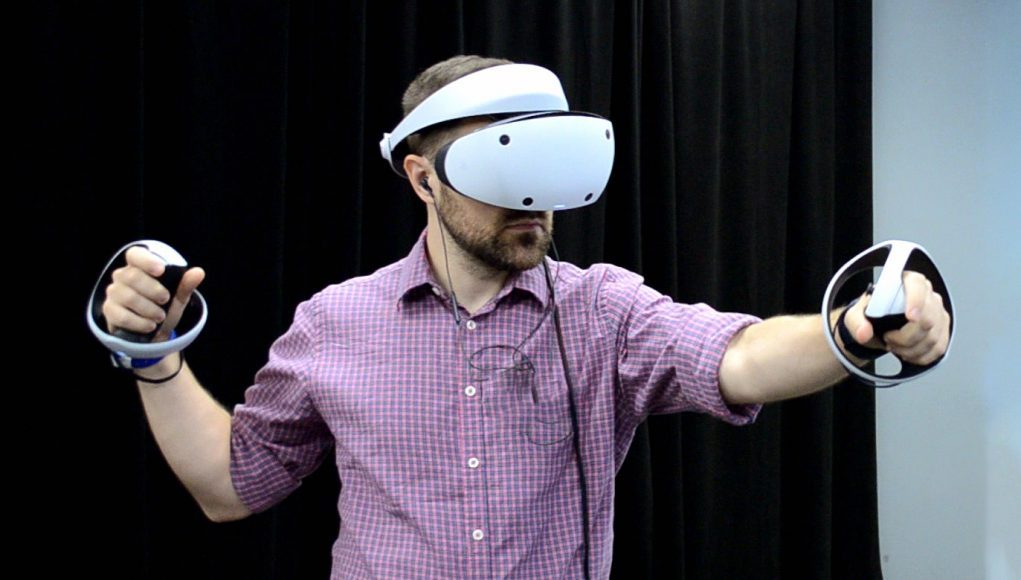Controllers
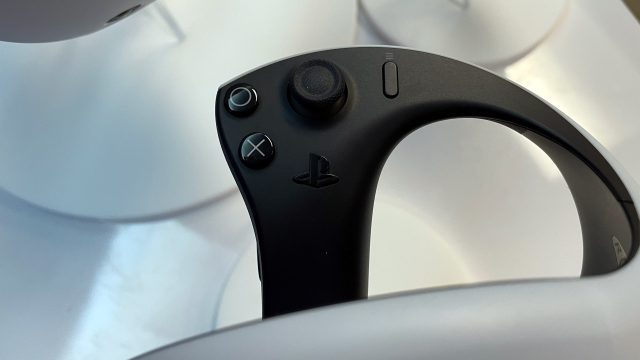
PSVR 2 is finally moving to industry-standard motion controllers which is going to be a blessing for developers and users alike. With a thumbstick, buttons, grab button, and trigger on each controller, VR games will no longer need to make abstract control schemes that are specific to PSVR. And developers can count on every PSVR 2 user having a pair of controllers (which was not the case with the first headset’s PS Move controllers).
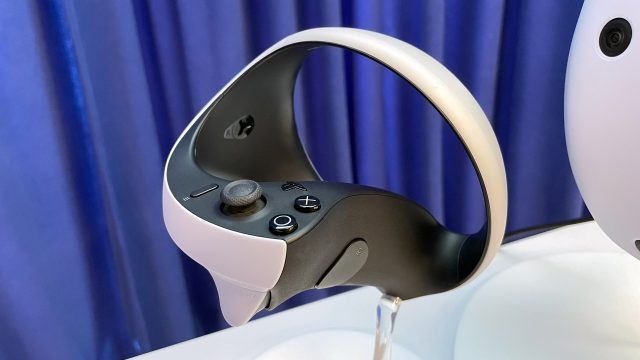
Those of you reading carefully above will note that I said “grab button,” instead of “grab trigger.” Indeed, the grab button on PSVR 2 is a binary button rather than an analog trigger. My preference is definitely the latter, as I find grab triggers are a bit easier to keep depressed for holding virtual objects. I didn’t have any major issues with the grab buttons on the PlayStation VR 2 controllers so far, but it might be a little annoying for games where players are expected to hold the same object for long periods of time.
The controllers also include the same reactive triggers found on the PS5 controller, as well as rumble haptics in the handles of the controllers.
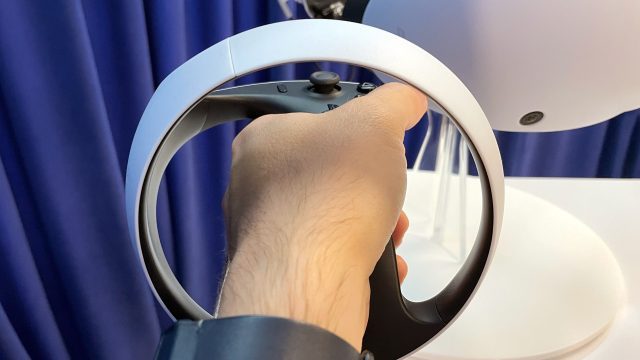
For both the reactive triggers and the handle haptics, I didn’t get the sense that either of them were particularly well implemented by the demos I saw (I just didn’t notice either very much). My best guess is that this isn’t an issue with the haptics but simply the developers needing more time to come to grips with the specifics of the haptics in the controllers; developers often need to tune haptics from one VR controller to the next because each has different capabilities, haptic engines, and even haptic positioning—all of which contribute to different feelings even for the same exact game. I expect this will improve as the headset gets nearer to launch, especially knowing the impressive capabilities of the PS5 controller which appear to be largely mirrored in the PSVR 2 controllers.
Tracking
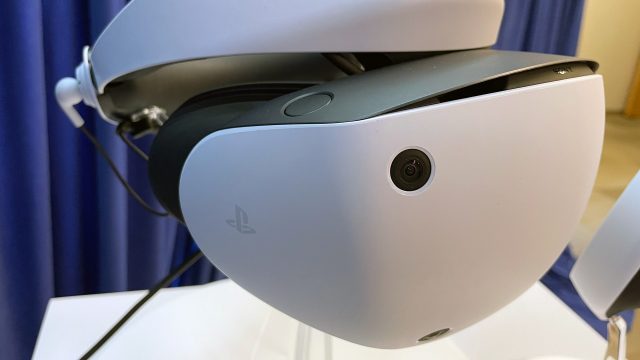
Tracking on PSVR 2 is also a huge upgrade over the original PSVR. The new headset has 6DOF inside-out tracking which means the user can turn and walk essentially anywhere (within range of the cord), compared to the small tracking space afforded by the original headset.
In practice tracking seemed very good on PSVR 2, both the head-tracking and the controller tracking. I didn’t notice any overt drift, jitter, or latency during my time with PlayStation VR 2 (which was a real problem with the original PSVR).
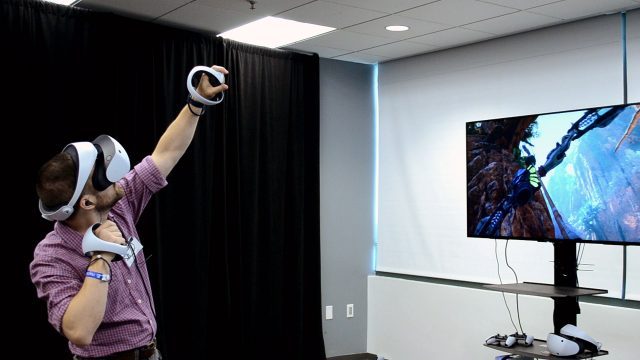
Of course, inside-out tracking can be highly dependent on the environment around the player, so we’ll need to wait to see how well the headset handles a wide range of environments and varying lighting conditions. In any case, it looks like it’ll be a big step up in tracking performance over the first PSVR headset.
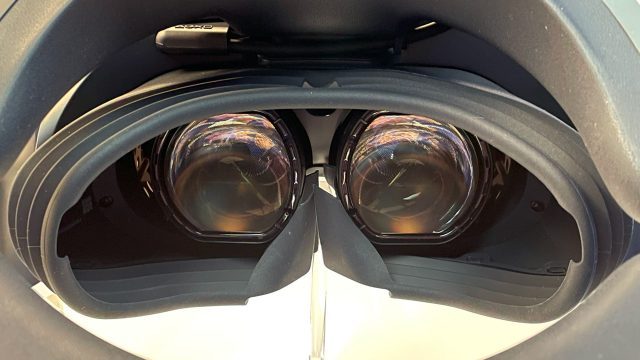
And while we’re at it, let’s talk about eye-tracking on PSVR 2, which also includes support for foveated rendering. It wasn’t clear to me if all of the demos I saw were using foveated rendering, but I only barely noticed it when playing the VR version of Resident Evil Village. It’s fast and subtle enough that I think most people simply won’t be able to tell that foveated rendering is happening at all—though this may depend substantially on how accurate the headset’s eye-tracking calibration is. I was the only one using the headset in the course of my demos, but if I had handed it to another person they would need to run their own eye-tracking calibration (which takes maybe 20 seconds) for the best results.
– – — – –
All-in-all, I’m quite impressed with what I’ve seen from PSVR 2, both from a features and performance standpoint. There’s a few tweaks I’d love to see before it hits market, but there’s little doubt in my mind that PSVR 2—combined with the power of PS5—is a genuine generational step forward for virtual reality on PlayStation, while offering up a few lessons for the rest of the VR headset market. The only big question still unanswered is what Sony will charge for PlayStation VR 2.
Got more questions about PSVR 2? Drop a line in the comments below.
Disclosure: Sony assisted with travel & lodging expenses to an event where information for this article was gathered.

